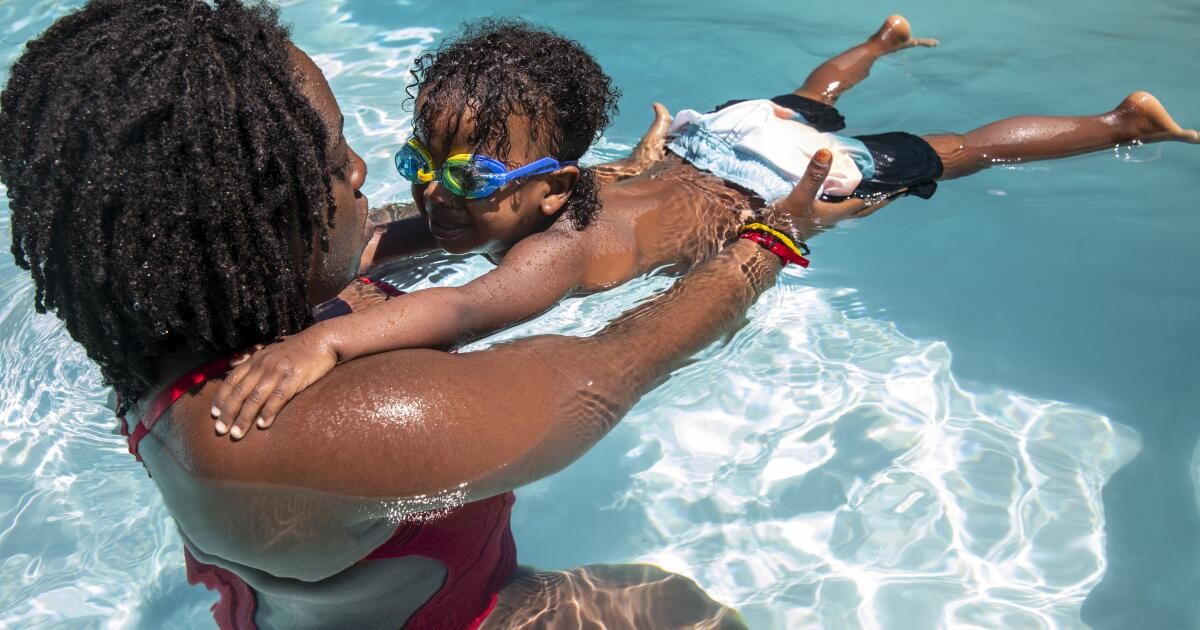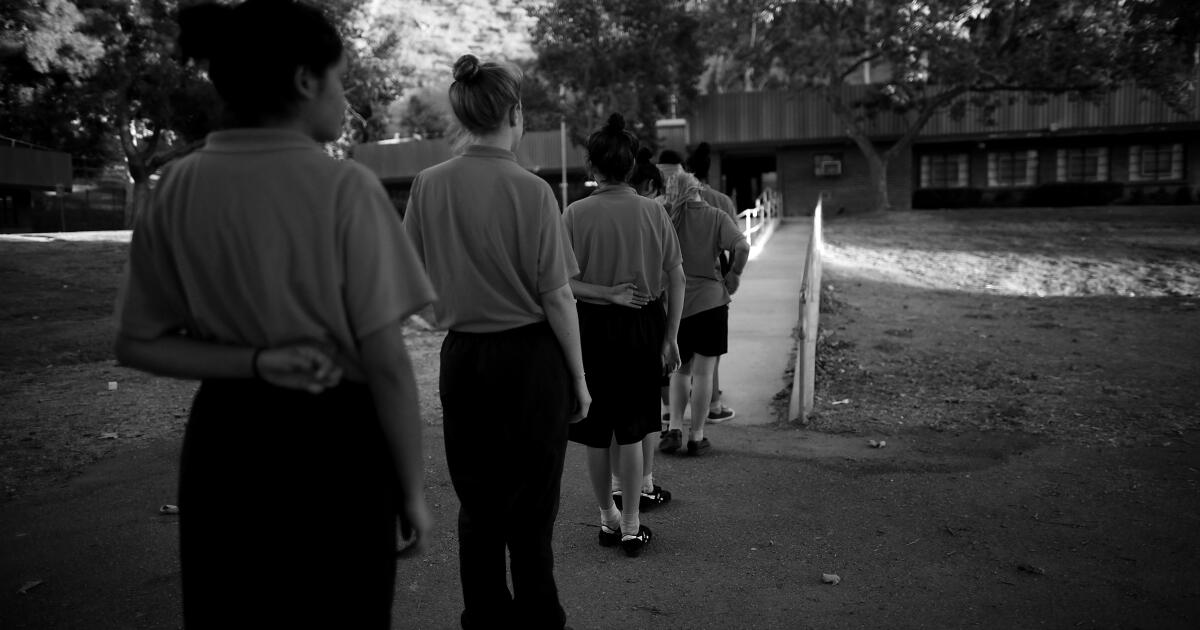During the pandemic years of closed pools and hard-to-find swimming classes, the drowning rate of very young children increased significantly in the US, after decades of declines, according to a new federal report.
Drowning rates among children ages 1 to 4 were about 28% higher in 2021 and 2022, compared to 2019, according to the U.S. Centers for Disease Control and Prevention. In 2022, 461 children Between 1 and 4 years old died in a drowning accident, which is the leading cause of death among babies and young children. Rates are not yet available for 2023 or 2024, so it is unknown if deaths have decreased since then.
Reading by 9 guide to reading preparation. Find expert advice, book recommendations and resources for parents of children under 5 years old.
But children ages 1 to 4 already had the highest drowning rates, even before the pandemic. The recent increase is “very concerning,” said Tessa Clemens, a health scientist with the CDC's Division of Injury Prevention and lead author of the new report.
While the exact reason for the increase is unknown, the shutdown likely played a role, he said.
“Many public pools closed during the COVID-19 pandemic, limiting the availability of swimming lessons. Once pools reopened, many facilities faced a shortage of trained swim instructors and lifeguards,” Clemons said. For many families, finding swimming lessons and safe swimming areas remains difficult.
In Los Angeles, the lifeguard shortage remains a problem. Last summer, some public pools reduced their hours and swimming lessons were canceled because lifeguards were too difficult to find. The pandemic shutdowns fueled the so-called “great resignation,” in which many college-aged lifeguards quit to return to school or look for work in other industries. Many never returned.
Facing another likely shortage as summer approaches, Los Angeles County The Parks and Recreation Department increased lifeguard salaries by 20% this year.
Experts say water safety should be a priority for families, especially in Los Angeles County, where there are about 250,000 pools, 96% of which are attached to single-family homes, according to a 2016 analysis.

Are you a Southern California mom?
The LA Times Early Childhood team wants to connect with you! Find us in The Mamahood moms group on Facebook.
Share your perspective and ask us questions.
The CDC recommends that families start swimming lessons early, even when their children are babies.
“You're never too young to really be exposed to water and feel comfortable with it,” said Dr. Debra Houry, CDC medical director. “However, what I would say is that even at that age, if they know how to swim, it is still very important to have close parental supervision.”
The CDC also recommends:
- Build and revitalize public pools to increase access to swimming for all people, including those with disabilities.
- Promoting affordable swimming and water safety classes
- Build fences at least 4 feet high that completely enclose and separate the pool from the house.
- Do not drink alcohol before or during swimming, boating or other water activities.
In total, more than 4,500 people of all ages died from drowning each year between 2020 and 2022, 500 more per year compared to 2019. That's one person every two hours. Native Americans and African Americans have long been at the greatest risk, a result of decades of segregation in public and private pools. Those disparities worsened even more during the pandemic.
Nearly 40 million adults (15.4%) in the United States do not know how to swim and more than half (54.7%) have never taken swimming lessons.
“It's never too late to take that swim lesson, to learn those water safety skills, especially as we head into summer,” Houry said. “It could save his life, it could save the life of a member of his family.”
This article is part of the Times' early childhood education initiative, which focuses on the learning and development of California children from birth to age 5. To learn more about the initiative and its philanthropic sponsors, visit latimes.com/earlyed.












